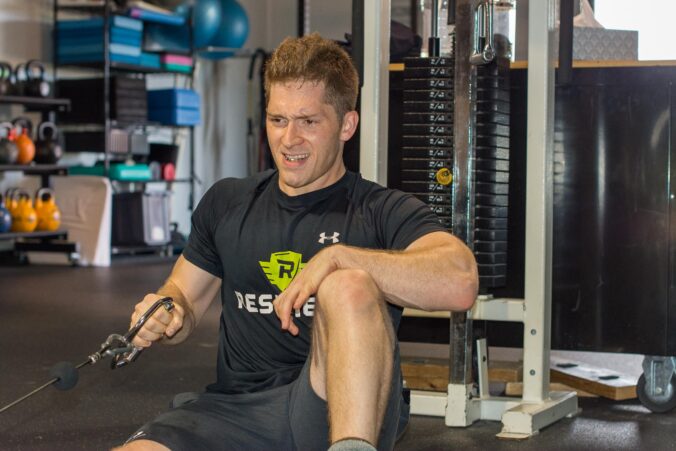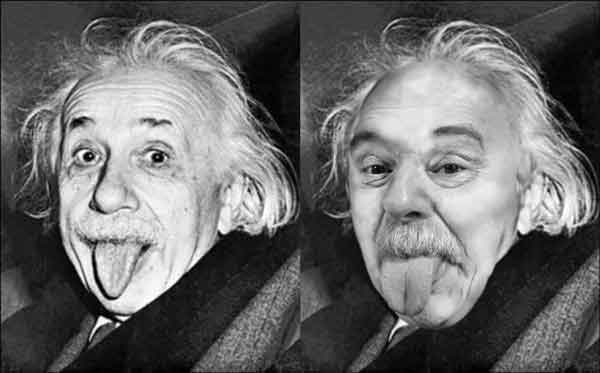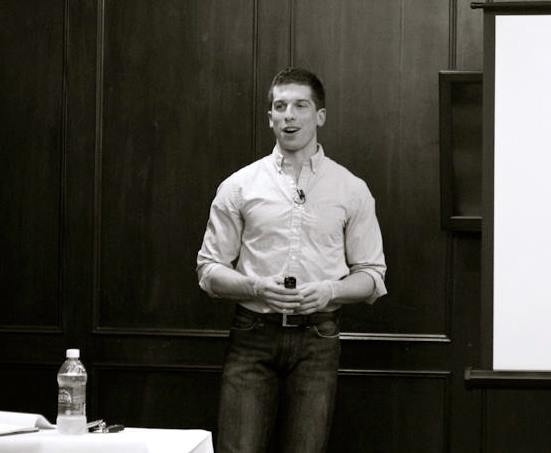Most of you who read my blog already know what it means when I say PRI. There is some misconception around the internet as to what PRI can do for you and where it fits into your treatment model as a strength coach, personal trainer, chiro, physical therapist, or whatever you do.
PRI comprises the bulk of my assessment and reassessment protocol for new clients. It is the base of my methodology. Eric does a great job of explaining the thought process in a way that is much more articulate than I could ever hope to convey.
The foreword below is Bill Hartman, and the information is courtesy of Eric Oetter, who writes from the perspective of physical therapy and strength & conditioning. The post speaks for itself and I share it here because the content needs to be disseminated to the masses. Pass it along.
———-
BH: “This a post from our boy Eric Oetter. It’s probably the best written synopsis of therapeutic intervention with an understanding of the role that Postural Restoration Institute methodology and other tools play in the process. It needs to be passed around to everyone especially those responsible for educating the next generation of clinicians and practitioners. Please share.”
———-
It’s becoming increasingly clear that the path to system variability and pain-free movement is gated by neuroception (i.e. limbic threat appraisal) and autonomic nervous system output. And its these two properties of the nervous system which govern the effects of the innumerable methodologies therapists use to expunge system rigidity.
Autonomous of discipline or method, clinicians intervene at the level of the receptor (rods, otoliths, mechanoreceptors, etc.), engendering unique signal transduction and transmission into a sea of equal status patterns which participate in collective summing within the brain.
We’d hope our therapeutic inputs contribute to a modification in the perceptive capabilities of the patient, though (as we all know) this is not always the case. Some inputs never reach the level of perception while others exceed the adaptive capacity of an already rigid system, perpetuating chronic limbic hijack and sympathetic dominance.
But a positive change in perception opens valuable cortical real estate for neuroplastic remapping via graded exposure, which is the substrate for system variability. This is really the goal of any physical therapy intervention.
So, how do we know we’re dealing with a rigid system in the first place? And furthermore, how can we evaluate the efficacy of our inputs with respect to restoring system variability?
Beyond many other “systems” I’ve experimented with, PRI seems to provide the most cogent answers to the above questions. And it’s the “umbrella” which explains, to me, why other methods work.
What PRI provides is a means to identify a predictable pattern of ANS-mediated anti-gravitational motor output for a collection of systems held in some degree of rigidity. The perspective they bestow is quite comprehensive; PRI is a unified system respective of ALL sensory inputs capable of influencing reticular output (mechanoreception, vision, audition, etc.).
But woven through its complexities, their simple orthopedic testing and treatment algorithms provide a reliable means to assess this aberrant output, as well as evaluate the systemic and perceptual perturbations that might follow any therapeutic intervention (PRI, Mulligan, Maitland, MDT, ART, etc).
Because interventions can be both synergistic or antagonistic to the pattern PRI presents, utilizing a withdrawal A-B-A study design during a treatment session (with the patient functioning as their own control) upholds an element of internal validity beyond what other systems might be able to provide. I’d argue this makes PRI a powerful adjunct to anything you’re already doing, as we scrounge for external validity in a increasingly heterogeneous population.
PRI treatment aims to recapture reciprocal and alternating movement in three planes across the three girdles of the body. And PRI is never about fixing posture – it’s about restoring system balance, variability, and adaptive potential.


